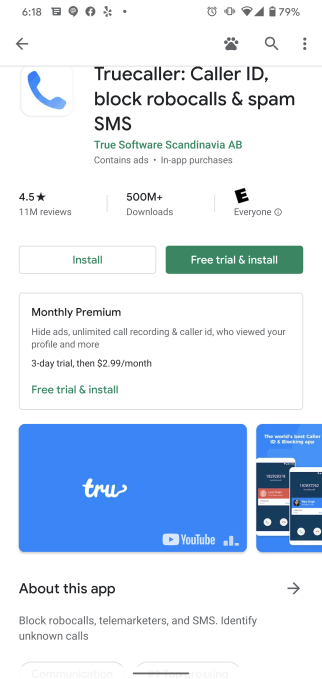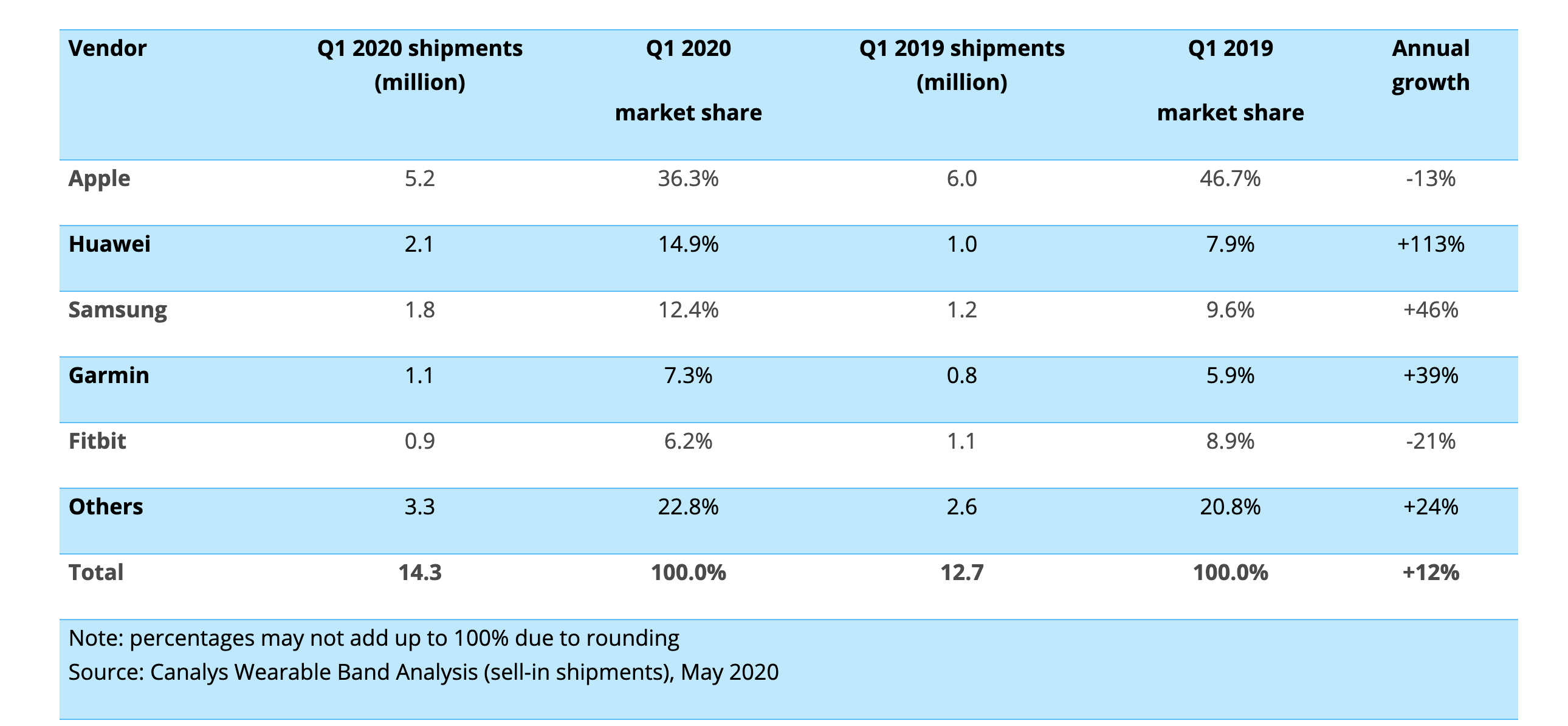As I was wrapping up a Zoom meeting with my business partners, I could hear my son joking with his classmates in his online chemistry class.
I have to say this is a very strange time for me: As much as I love my family, in normal times, we never spend this much time together. But these aren’t normal times.
In normal times, governments, businesses and schools would never agree to shut everything down. In normal times, my doctor wouldn’t agree to see me over video conferencing.
No one would stand outside a grocery store, looking down to make sure they were six feet apart from one another. In times like these, decisions that would normally take years are being made in a matter of hours. In short, the physical world — brick-and-mortar reality— has shut down. The world still functions, but now it is operating inside everyone’s own home.
This not-so-normal time reminds me of 2008, the depths of the financial crisis. I sold my company BEA Systems, which I co-founded, to Oracle for $8.6 billion in cash. This liquidity event was simultaneously the worst and most exhausting time of my career, and the best time of my career, thanks to the many inspiring entrepreneurs I was able to meet.
These were some of the brightest, hardworking, never-take-no-for-an-answer founders, and in this era, many CEOs showed their true colors. That was when Slack, Lyft, Uber, Credit Karma, Twilio, Square, Cloudera and many others got started. All of these companies now have multibillion dollar market caps. And I got to invest and partner with some of them.
Once again, I can’t help but wonder what our world will look like in 10 years. The way we live. The way we learn. The way we consume. The way we will interact with each other.
What will happen 10 years from now?
Welcome to 2030. It’s been more than two decades since the invention of the iPhone, the launch of cloud computing and one decade since the launch of widespread 5G networks. All of the technologies required to change the way we live, work, eat and play are finally here and can be distributed at an unprecedented speed.
The global population is 8.5 billion and everyone owns a smartphone with all of their daily apps running on it. That’s up from around 500 million two decades ago.
Robust internet access and communication platforms have created a new world.
The world’s largest school is a software company — its learning engine uses artificial intelligence to provide personalized learning materials anytime, anywhere, with no physical space necessary. Similar to how Apple upended the music industry with iTunes, all students can now download any information for a super-low price. Tuition fees have dropped significantly: There are no more student debts. Kids can finally focus on learning, not just getting an education. Access to a good education has been equalized.
The world’s largest bank is a software company and all financial transactions are digital. If you want to talk to a banker live, you’ll initiate a text or video conference. On top of that, embedded fintech software now powers all industries.
No more dirty physical money. All money flow is stored, traceable and secured on a blockchain ledger. The financial infrastructure platforms are able to handle customers across all geographies and jurisdictions, all exchanges of value, all types of use-cases (producers, distributors, consumers) and all from the start.
The world’s largest grocery store is a software and robotics company — groceries are delivered whenever and wherever we want as fast as possible. Food is delivered via robot or drones with no human involvement. Customers can track where, when and who is involved in growing and handling my food. Artificial intelligence tells us what we need based on past purchases and our calendars.
The world largest hospital is a software and robotics company — all initial diagnoses are performed via video conferencing. Combined with patient medical records all digitally stored, a doctor in San Francisco and her artificial intelligence assistant can provide personalized prescriptions to her patients in Hong Kong. All surgical procedures are performed by robots, with supervision by a doctor of course, we haven’t gone completely crazy. And even the doctors get to work from home.
Our entire workforce works from home: Don’t forget the main purpose of an office is to support companies’ workers in performing their jobs efficiently. Since 2020, all companies, and especially their CEOs, realized it was more efficient to let their workers work from home. Not only can they save hours of commute time, all companies get to save money on office space and shift resources toward employee benefits. I’m looking back 10 years and saying to myself, “I still remember those days when office space was a thing.”
The world’s largest entertainment company is a software company, and all the content we love is digital. All blockbuster movies are released direct-to-video. We can ask Alexa to deliver popcorn to the house and even watch the film with friends who are far away. If you see something you like in the movie, you can buy it immediately — clothing, objects, whatever you see — and have it delivered right to your house. No more standing in line. No transport time. Reduced pollution. Better planet!
These are just a few industries that have been completely transformed by 2030, but these changes will apply universally to almost anything. We were told software was eating the world.
The saying goes you are what you eat. In 2030, software is the world.
Security and protection no longer just applies to things we can touch and see. What’s valuable for each and every one of us is all stored digitally — our email account, chat history, browsing data and social media accounts. It goes on and on. We don’t need a house alarm, we need a digital alarm.
Even though this crisis makes the near future seem bleak, I am optimistic about the new world and the new companies of tomorrow. I am even more excited about our ability to change as a human race and how this crisis and technology are speeding up the way we live.
This storm shall pass. However the choices we make now will change our lives forever.
My team and I are proud to build and invest in companies that will help shape the new world; new and impactful technologies that are important for many generations to come, companies that matter to humanity, something that we can all tell our grandchildren about.
I am hopeful.
from iPhone – TechCrunch https://ift.tt/3fx7tlb


